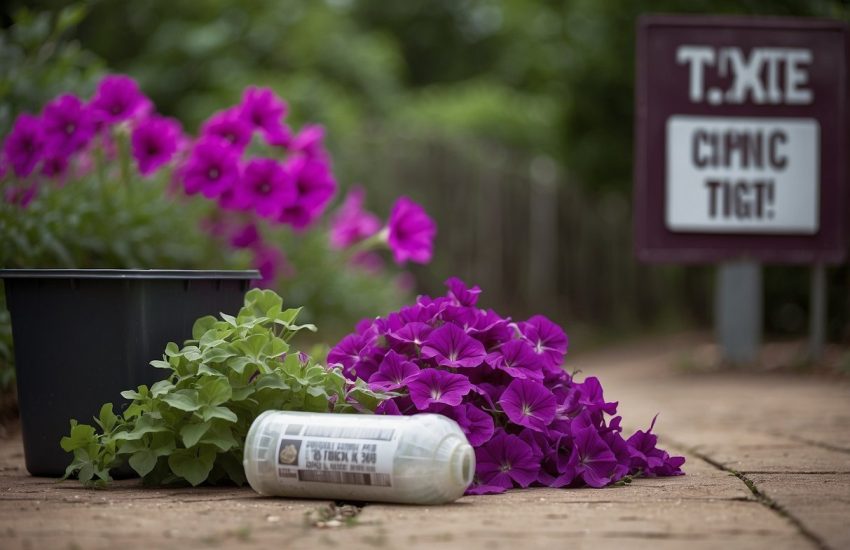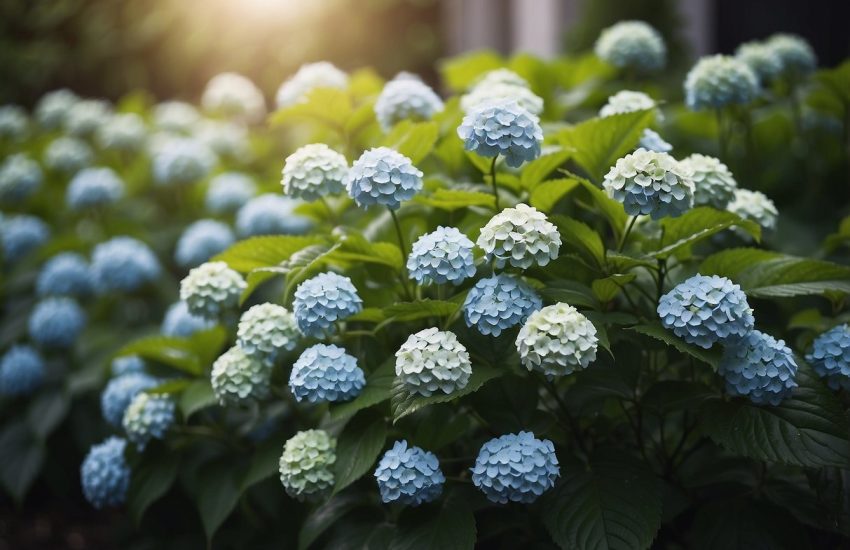Flowers That Look Like Feathers: A Guide to Feather-Like Blooms
Flowers are one of the most beautiful creations of nature, and they come in different shapes, sizes, and colors. Some flowers, however, have taken beauty to a whole new level by resembling feathers. These flowers have petals that are so thin and delicate that they look like feathers, giving them a unique and stunning appearance.

One such flower is the Astilbe, a perennial plant that produces feathery plumes of pink, white, or red flowers. The Astilbe is a popular choice for gardens and bouquets due to its feather-like appearance and its ability to thrive in shady areas. Another flower that looks like a feather is the Celosia, which is also known as the cockscomb. The Celosia produces vibrant, flame-shaped flowers that resemble feathers and come in different colors such as red, yellow, and orange.
These feather-like flowers are not only beautiful but also have symbolic meanings. For instance, the Astilbe is associated with patience and dedication, while the Celosia symbolizes immortality and affection. Flowers that look like feathers are a testament to the beauty and diversity of nature, and they continue to fascinate and inspire people all over the world.
Feather-Like Flowers and Plants
Feather-like flowers and plants are a unique addition to any garden or landscape. These plants have a distinct feather-like appearance that adds texture and interest to any space. In this section, we will explore some popular feather-like plants and how to identify their characteristics.
Identifying Feather-Like Characteristics
Feather-like plants can be identified by their long, thin leaves or stems that resemble feathers. These plants often have a soft, wispy appearance that adds movement and texture to any garden. Some feather-like plants also have plumes or spikes that resemble feathers, such as the Blazing Stars or Partridge Feather.
Popular Feather-Like Plants
One popular feather-like plant is Pampas Grass. This plant is known for its large, feathery plumes that can reach up to 10 feet tall. Mexican Feather Grass is another popular option, with delicate, wispy leaves that sway in the breeze. Celosia is a unique feather-like flower that comes in a variety of vibrant colors and has a velvety texture.
Feather Reed Grass, Maiden Grass, and White Feather Pampas Grass are also popular feather-like plants that add texture and interest to any landscape. Asparagus Fern is a unique indoor plant with feather-like foliage that adds a touch of greenery to any space. Miscanthus Sinensis and Calamagrostis x Acutiflora are ornamental grasses with feather-like plumes that add height and texture to any garden.
In conclusion, feather-like flowers and plants are a unique and interesting addition to any garden or landscape. With their soft, wispy appearance and distinct feather-like characteristics, these plants add texture and interest to any space. Consider adding some feather-like plants to your garden or indoor space for a unique and beautiful touch.
Cultivation and Care

Soil and Water Requirements
Flowers that look like feathers are relatively low-maintenance plants that thrive in well-draining soil. These plants prefer fertile soil that is moist but not waterlogged. It is recommended to water these plants deeply once a week, especially during hot and dry weather conditions. Overwatering should be avoided as it can lead to root rot and other fungal diseases.
Sunlight and Temperature
Flowers that look like feathers require full sun to thrive. They can tolerate some partial shade, but they will not bloom as prolifically as they would in full sun. These plants are generally heat-tolerant and can withstand high temperatures. However, they may require some protection from extreme heat during the hottest parts of the day.
Maintenance and Pruning
Flowers that look like feathers are relatively low-maintenance plants that require minimal pruning. Deadheading spent blooms will encourage the plants to produce more flowers. These plants can be propagated by dividing clumps in the fall or early spring. They are also drought-tolerant and do not require frequent fertilization.
When planting flowers that look like feathers, it is recommended to space them at least 12 inches apart to allow for adequate air circulation. These plants attract pollinators such as bees and hummingbirds, making them a great addition to any garden. They can be planted in mixed flower beds, cottage gardens, or as a border plant.
Overall, flowers that look like feathers are a great addition to any yard or garden. With proper care and maintenance, these plants can provide beautiful foliage and blooms year after year. They are also a great choice for gardeners who are looking for low-maintenance and drought-tolerant plants.


